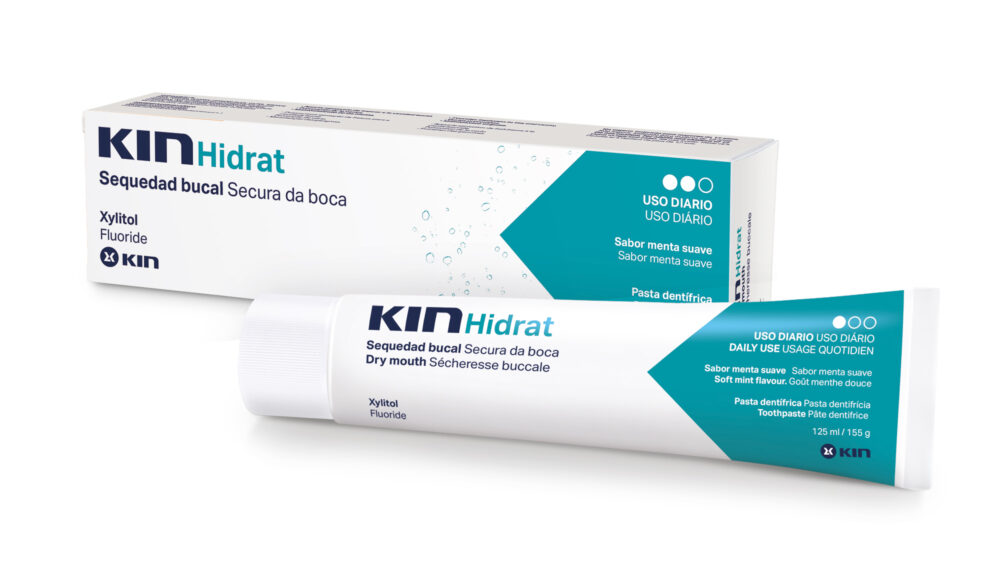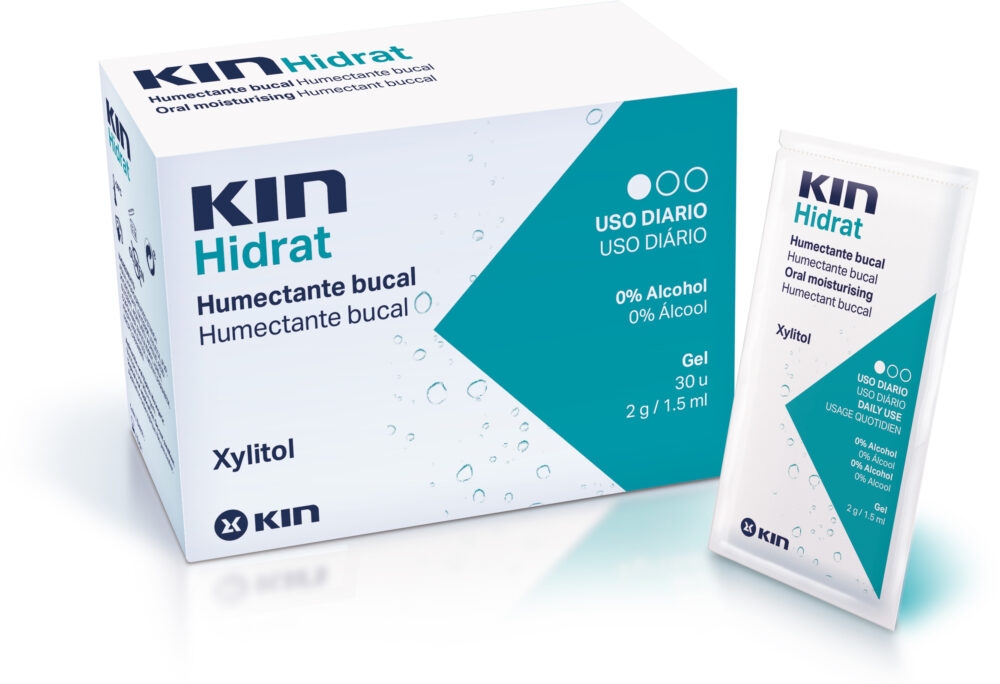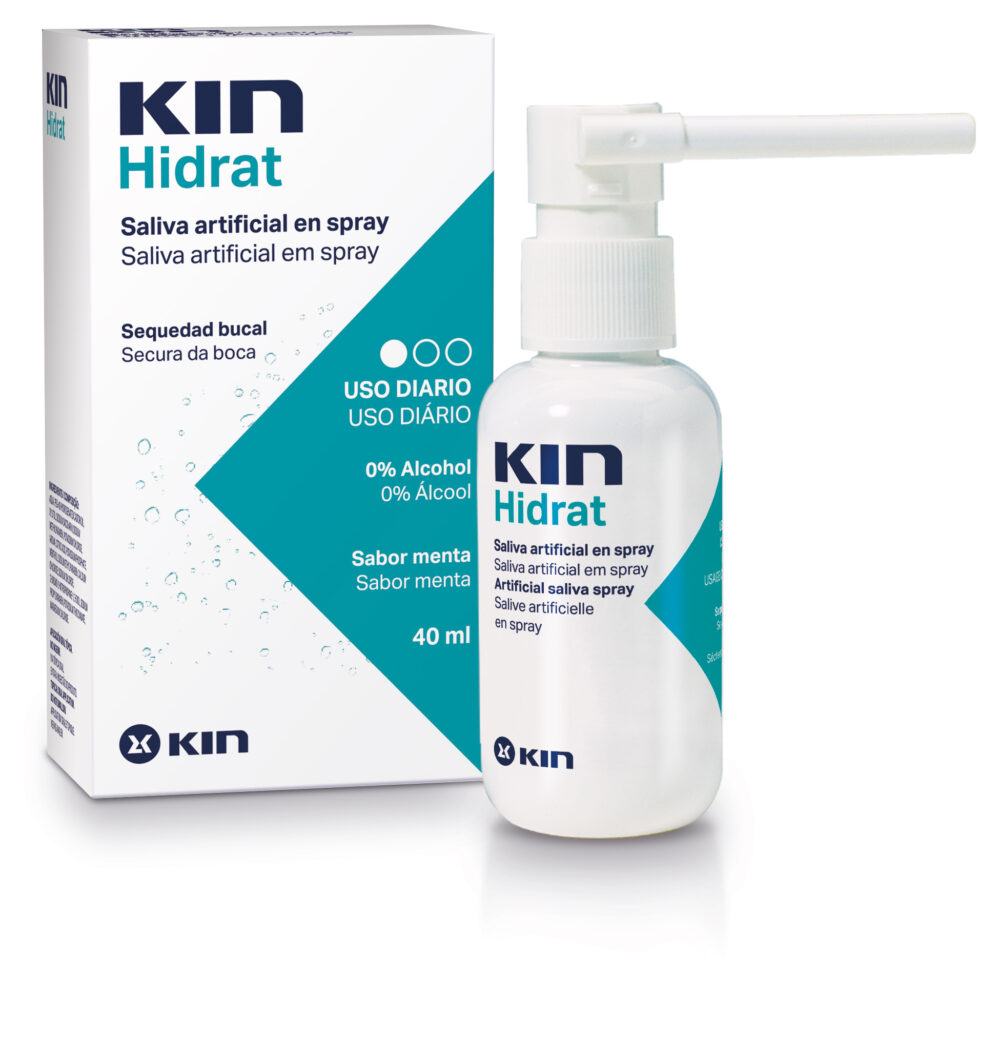Dry mouth and canker sores are two oral problems that can appear together frequently. When saliva production and lubrication in the mouth decrease, the risk of lesions that cause different types of discomfort increases. What are the causes of dry mouth and canker sores? Is there a treatment to combat them? Find out through this complete guide.
KIN CONTENT GUIDES
Guide to dry mouth and canker sores
Table of Contents
- 1. Dry mouth or xerostomia
- 2. Dry mouth symptoms
- 3. Why does xerostomia occur?
- 4. Diagnosis of xerostomia
- 5. Treatments for dry mouth
- 6.
- 7. Aphthas
- 8. What are canker sores?
- 9. Types of canker sores
- 10. Why do canker sores occur?
- 11. Symptoms of canker sores
- 12. How are canker sores diagnosed?
- 13. Treatments for canker sores
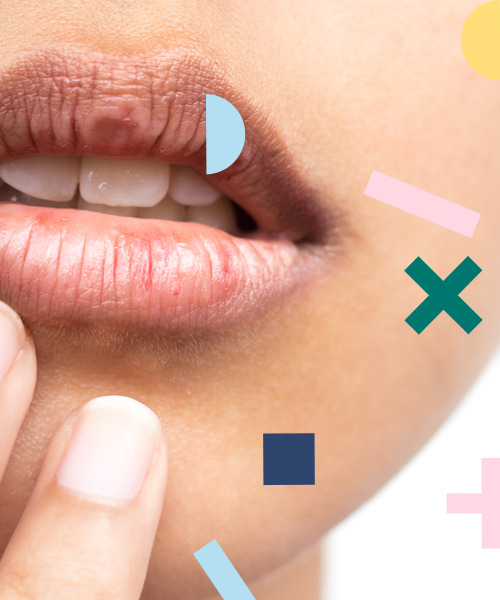
1. Dry mouth or xerostomia
Known by the medical term xerostomia, dry mouth is the sensation that a person does not have enough saliva in their mouth. This problem is caused by an alteration in the functioning of the salivary glands, which are responsible for secreting saliva for the correct maintenance of the oral cavity.
Dry mouth causes great discomfort in patients who suffer from it, making chewing and swallowing processes difficult during eating. It also affects the general health of the mouth, as it alters the ecological balance of the different species of microorganisms that make up the oral flora.
Read more
2. Dry mouth symptoms
There are many symptoms that help to detect a dry mouth problem. These can vary from patient to patient, but usually involve great difficulty in chewing, swallowing and even speaking.
It is common for people with reduced saliva production to have an altered sense of thirst, a rough tongue, a dry throat, a pasty mouth, chapped lips, and a very common sensation called "burning mouth syndrome". Also bad breath and an increased likelihood of oral infections and tooth decay.

3. Why does xerostomia occur?
Xerostomia is an oral problem that mainly affects older people or appears as a side effect of treatment with certain medications. Diseases and treatments that are associated with dry mouth include diabetes, emotional stress, hormonal changes and radio or chemotherapy.
However, more and more young people suffer from xerostomia due to unhealthy habits. Frequent alcohol intake, smoking, an unbalanced diet and lack of daily hydration are just some of the causes of dry mouth in people of all ages.

4. Diagnosis of xerostomia
When symptoms characteristic of dry mouth appear, the person in charge of making a correct diagnosis will be the specialist doctor or dentist. To do this, different tests are carried out, starting with an investigation of the patient's daily habits, history and a physical examination of the patient.
In order to detect a psychological or physical cause for the malfunctioning of the salivary glands, an examination of the oral cavity for clinical signs, salivary flow measurement or sialometry, and other diagnostic techniques adapted to each patient are always performed.

5. Treatments for dry mouth
Once the origin of the dry mouth has been determined, the doctor or dentist will be in charge of assessing the most appropriate medical measures or treatments for each patient. In most cases it is possible to reverse the problem of salivary gland function by acting on the root of the problem.
There are chewing gums, lozenges, toothpastes, mouthwashes and mouthsprays that help to keep the mouth hydrated and boost the recovery of the salivary glands' normal activity. In addition, it is important to hydrate by drinking enough water, acquiring good eating habits, as well as taking care of oral hygiene and making annual visits to the dentist in order to detect possible problems derived from a dry mouth, such as canker sores.
Read more
Your KIN must-haves:
Find us at:
You can buy our products in your nearest pharmacy.
Find us in your trusted online store.
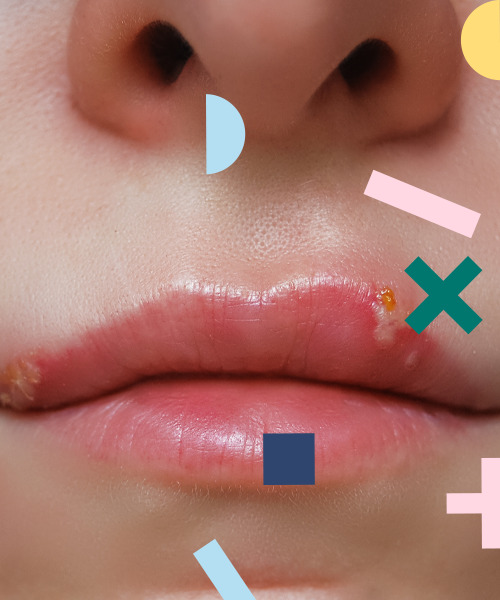
7. Aphthas
Canker sores are one of the most common oral lesions/ulcers. They can be caused by a physical injury or by a rash from an infection. They are very painful, and sometimes take a long time to heal. But they do not reverse any severity as long as their evolution is properly monitored.
They usually heal by themselves after 2 to 5 days without leaving any marks on the oral mucosa. Knowing what causes them to appear and how to act in each case helps to better cope with the discomfort of canker sores.

8. What are canker sores?
Canker sores are ulcers or open sores that appear on the oral mucosa and become very painful. They can be white or yellowish in colour. They are usually surrounded by a very characteristic red halo with a rounded shape.
They can be found on the inside of the lip, inner cheeks, tongue, gums or palate.

9. Types of canker sores
Canker sores are classified into 3 main types:
- Minor aphthous ulcers: small sores, no larger than 1 cm and few in number. They are oval in shape with a bright red border. They heal quickly and do not leave a scar.
- Large aphthous ulcers: less frequent, larger and deeper. They are more rounded in shape and have well-defined white or yellow edges. They can take several weeks to heal and sometimes leave a scar.
- Herpetiform aphthous ulcers: despite their name, they are not caused by herpes virus infection. They are common in older people and appear as a cluster of small sores 1 to 2 mm thick, which join together to form a large ulcer.

10. Why do canker sores occur?
The appearance of these small mouth sores is due to several reasons. On the one hand, mechanical canker sores due to trauma such as bites, the friction of dental prostheses, orthodontic appliances, or a wound caused by any external object.
However, there are other types of canker sores whose origin may be less obvious, such as those caused by systemic disease, viral infections, hormonal changes, side effects of medication, vitamin deficiencies or hereditary factors.
Read more
11. Symptoms of canker sores
Canker sores are very easy to distinguish due to their characteristic rounded shape. They are usually small in size and have common symptoms in most cases.
The most common symptoms of canker sores in the mouth include pain and discomfort when rubbed, accompanied by fever and general malaise in the most extreme cases, depending on the type of sore.
Find your nearest KIN pharmacy

12. How are canker sores diagnosed?
Sometimes, canker sores can be a secondary symptom of a systemic disease in the body. They are common in children and adolescents, due to hormonal changes and as an effect of growth in the development stage, with fever in most cases.
However, diagnosing these wounds is very simple. This can be done by consulting a doctor or dentist, who will analyse the shape and appearance of the mouth sores to determine the most appropriate type of treatment.

13. Treatments for canker sores
In addition to systemic treatment aimed at controlling the main cause of canker sores, there are some recommendations for patients to follow at home to accelerate the wound healing process.
These include taking antibiotics to prevent and treat possible infections, local topical treatment with canker sore gels or creams, and rinses with anti-inflammatory agents, always alcohol-free.
BIBLIOGRAPHY

